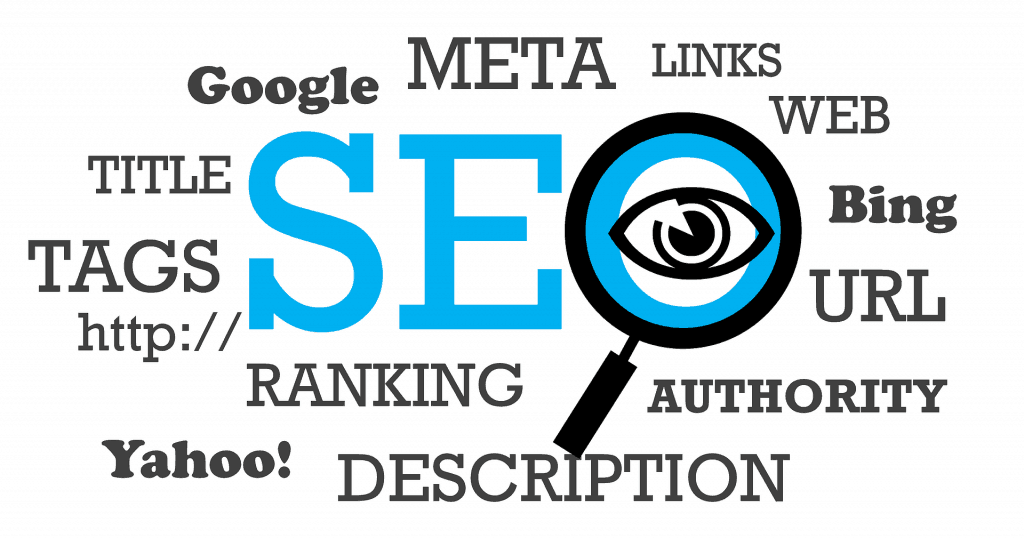If something doesn’t show up in Google’s search results, it’s almost as if it doesn’t exist. Nowhere has this been as evident as in Poland. According to statcounter.com, 92% of Internet users in Europe use Google as their main search engine. In Poland, this number is even higher: 94% use Google to search the net. If Polish media do not optimise their content for Google’s algorithm they might as well stop publishing online altogether.
That’s why online editors – and Polish editors in particular – need to understand the basics of SEO: Search Engine Optimisation. The Polish media environment is characterised by a highly competitive broadcasting sector and a no less competitive group of large web portals. While the recent political crisis has been driving interest in news, it has also increased competition among different media on the web. If outlets and editors can’t make their content stand out in Google’s search results they have no chance against their competitors.
Search Engine Optimisation in Poland
Over the last decade, the majority of Polish media – both digital-born and legacy media – have been paying more and more attention to search engine optimization in order to attract more internet users to their sites. Today almost all major publishers have their own SEO departments and offer trainings for journalists on how to make content – articles, images galleries, videos – Google friendly.
Yet, statistics show that there is still room for improvement. The four biggest digital-born media outlets in Poland (Onet.pl, wp.pl, interia.pl and gazeta.pl) receive only 10 to 20 percent of their traffic from Google. According to the latest data from Similarweb.com, in December 2017 Onet.pl received 70 million visits from Google, meaning 22,3% of all traffic on the website was a result of a successful SEO strategy. The poorest SEO performance among the “big four” belongs to Wirtualna Polska with only 13,2% of their page visits coming from Google.

Poland’s four biggest digital-born media outlets receive only 10 to 20 percent of their traffic from Google.
How to get SEO right?
Reports from Chitika.com show that 90% of page visits from Google is to the websites which appear on the first page of Google results. Not many users bother to check the results on the second page.
So what can editors, journalists and media creators do to increase traffic from Google? To increase your chances to rank among the first search results try to keep the following SEO tips used in Polish newsrooms in mind:
Title – The most important element of the story. It should contain the “keyword” which is a phrase the user could type into the search bar looking for content similar to what you are offering. While creating the title try to switch roles with the reader – imagine, what you would type into Google if you were looking for an article similar to yours? After you figured it out build your title around the keyword and make the keyword a first phrase. You should also try to make the title attractive – it should persuade readers to click on it. And remember – don’t make it too long. Google’s algorithm only “sees” the first 70 characters of your title.
Lead – The lead isn’t as important as the title but you still need to get it right. The first 150 characters of your article’s lead will appears in Google’s results as a description of your article. This means you actually have 150 additional characters to attract the reader. Use them well! From the SEO point of view it makes sense to use keywords again – the article will be more visible.
The length of your story – Google “likes” high-quality editorial content. The more unique and to the point your article is, the better it scores in search results. The minimum even for small news stories is 300 words (approximately 1500 – 2000 characters, including blanks). That way Google “thinks” your story is valuable for the potential reader.
Keywords – To increase chances that your article will appear high in Google’s search results, make sure that the target keyword from the title appears a couple of times in the main article. Be careful though to use it naturally, so that it matches the context and the style of the respective sentence. If you use it too often Google’s algorithm may consider your article spam and you may be punished by having your site completely removed from search results. The safe limit for keywords is 1 to 2% of the whole content. In a 2000-character article you may use the keyword up to four times.
Text formatting – Google “likes” articles which are clear and explicit. What helps is using paragraphs and subheadings to divide the main article into smaller parts especially if you can create subheadings in the CMS system. Also use keywords in subheadings and make sure to make them bold. This helps Google understand that those parts of your article are more important than others.
Listings and tables – If possible, use bullet point lists and tables in your article. Google’s algorithm ranks such content higher.
Readability – This is a very important parameter for Google’s algorithm which has a lot of impact on the search rank. Best practice is to have short sentences – no more than 20 words. Longer sentences shouldn’t form more than 25% of the article. Try to use simple language without very complex wording. Google’s algorithm are able to asses that as well! This parameter is called Gunning FOG index. It is a weighted average of the number of words per sentence, and the number of long words per sentence. You can check the “fogginess” of your article on this website. Try to score around 10 points.
Links – Google likes links, both to your own site and to other websites. If you refer to a quote, data or information from another source, place a link to that source in your article. If you want to strengthen the visibility of other articles from your site you can also interlink different articles related to the same topic within your article. Google’s algorithm will then “think” that you specialize in this topic and consider your site a better source of information. Remember also to use text links – links added to sentences in your article. This is something Google “loves” most.
Graphics and video – Try to diversify the article by adding graphics and video. The Internet is a multimedia environment. This will not only make your article more attractive to the user but also to Google’s algorithm. Bear in mind to use them in moderation. They should supplement the story, not replace it.
Photo captions – If you decide to add photos or graphics to your article, remember to add proper descriptions. It’s best to do this in the CMS system of your website. Create image descriptions using keywords. You can also use a keyword for the file name of an image – Google will index this photo in Google Graphics and you have a chance to attract even more visitors to your article.
For more articles about European media and media research, sign up to the EJO’s monthly newsletter here.
Tags: audience engagement, Digital Journalism, Google, Journalism, Online journalism, Poland, Search Engine Optimization, Search Engines, SEO














































